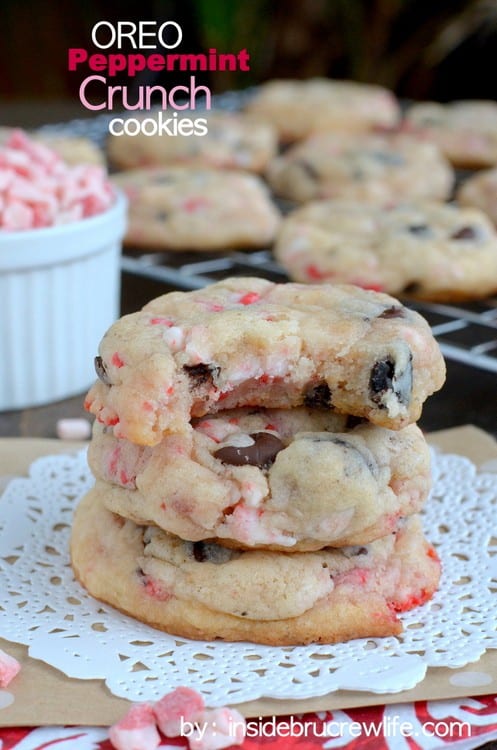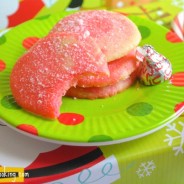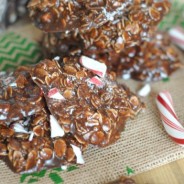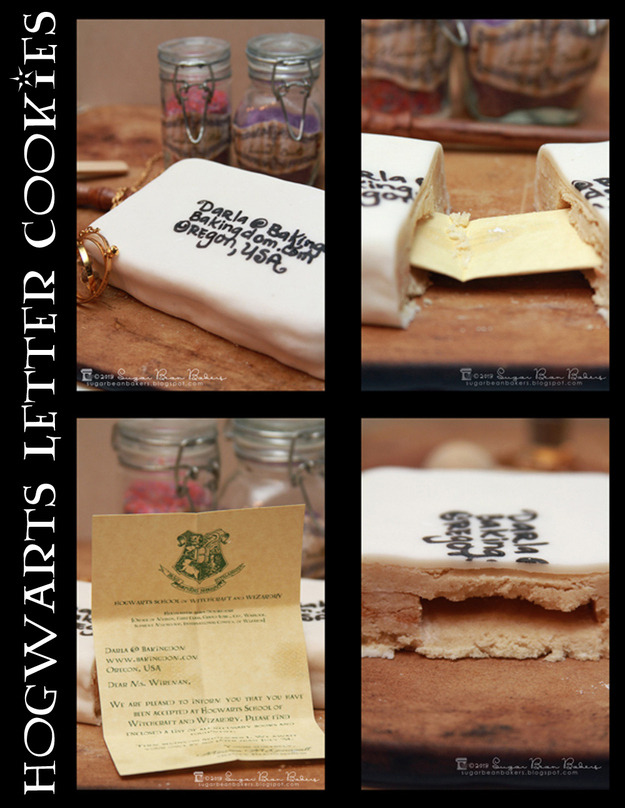When is the last time you looked at the expiration date on your bag of flour or sugar?

Learning how to store baking ingredients is important to ensure freshness and the best possible outcome in your cooking
or baking. With perishable items such as eggs or milk, it’s easy to
know when an ingredient is past its prime: just look at the expiration
date. But with pantry items, such as flour, sugar, baking soda, or
baking powder, there are ways to store them to ensure the best possible
result.
Here’s a guide to the proper storage of common pantry items used for baking.
Flour

All-purpose flour
Flour bags are typically labeled with an expiration date of about a
year from purchase date, but if you’re a frequent baker, the flour will
probably be long gone by then. For the most part, keeping flour in a
pantry is fine for a few weeks; storing it in an airtight container will
discourage bugs, dust, or other debris to find its way into the
container.
The key exception would be if you live in a high humidity area. Keep
your flour in an airtight container, and store in either the
refrigerator or freezer to avoid clumping and to prevent too much
moisture from getting into the flour. Let the flour come to room
temperature before using in a recipe.
If you are an infrequent baker or unsure of how the weather might
affect your flour, it won’t hurt it to keep it in the refrigerator.
Whole wheat flour, whole grain flours and nut flours
Whole wheat, whole grain, and nut flours have a much shorter shelf
life than all purpose flour, and will benefit from storage in airtight
containers or freezer bags in the refrigerator or even the freezer. This
is especially important for nut flours, which can go rancid. Properly
stored, they can last 6 months or longer.
Sugar

Granulated white sugar and confectioners’ sugar
Sugar will keep indefinitely (or at least up to a year) if stored properly. Store both granulated and confectioners’ sugar
in
a cool, dry place, in an airtight container or freezer bag, away from
moisture of any sort. It can develop clumps when exposed to moisture.
Keep the sugar way from spices and pungent-smelling foods: it can absorb
scents from other foods, and nobody wants their buttercream tasting
like curry. It is not suggested to refrigerate sugar, as this can
encourage lumps to form.
Brown sugar
Brown sugar
has a much higher moisture content than granulated or confectioners’
sugar, so it’s extra-important to keep it from forming lumps. First off,
keep brown sugar in an airtight container. This will help seal in the
moisture and make it last longer.
Another method is to store brown sugar in the
freezer and let it thaw overnight or several hours before baking. If
you decide you need some of the chilled sugar right away, you can heat
it in the microwave (no paper towels or plastic wrap needed) to thaw it
out quickly.
Leaveners

Baking soda
Keep your baking soda for baking (as opposed to a box you might put
in the fridge to capture odors) in a cool, dry place such as a cupboard,
with the lid closed. It will keep for up to a year. To test if your
baking soda is still active, pour a view drops of vinegar over 1/2
teaspoon of baking soda. It will bubble vigorously if it is fresh.
Baking powder
Keep your baking powder in a cool, dry place such as a cupboard, with
the lid closed. To test if your baking powder is still active, mix 1/2
teaspoon baking powder with 1/4 cup water. It will bubble if it is
fresh.
Note: Check out this post on the differences between baking soda and baking powder.
Yeast
Active dry yeast packets or powder will come with an expiration date;
it can be kept in a cool, dark place until this date. If you live in an
area with temperature fluctuations or high humidity, stay on the safe
side and store it in the refrigerator.
Fresh yeast cakes can be kept at room temperature until opened, at
which point its time is ticking: most manufacturers suggest that you use
it within 10 days.
To test to see if yeast is still active, dissolve 1 teaspoon sugar in
1/2 cup warm water (110°-115°). Sprinkle with 1 packet or 2-1/4
teaspoons active dry yeast. Stir and let stand for 10 minutes. If it
bubbles, it’s good to go–just remember to reduce the liquid in your
recipe by 1/2 cup.
Flavorings

Extracts
Liquid extracts such as vanilla will keep for a year or longer. They
are best stored in a cool, dark place. Avoid storing it near a heat
source (for instance, a cupboard directly over an oven). Do not store in
the refrigerator or freezer, as this can make your extract cloudy.
For whole vanilla beans, store them in a cool, dark place away from
high heat or cold temperatures. Once opened, keep in an airtight
container to keep them moist.
Spices
Spices don’t go “bad” per se, but they will lose their flavor and
potency. Unopened containers of dried whole spices can last up to two
years, depending on the type of spice.
Store spices in a dark place at cool room temperature. Whole spices
last longer than ground; once ground, it’s suggested that you use most
spices within six months for the best flavor.
Chocolate

Chocolate will keep for a very long time: for white or milk
chocolate, up to 9 months, and dark chocolate is said to last for
upwards of 10 years (although who’s going to have chocolate around for
10 years without using it?). Keep your baking chocolate in a cool, dark
place, tightly wrapped. Do not refrigerate or freeze.




































